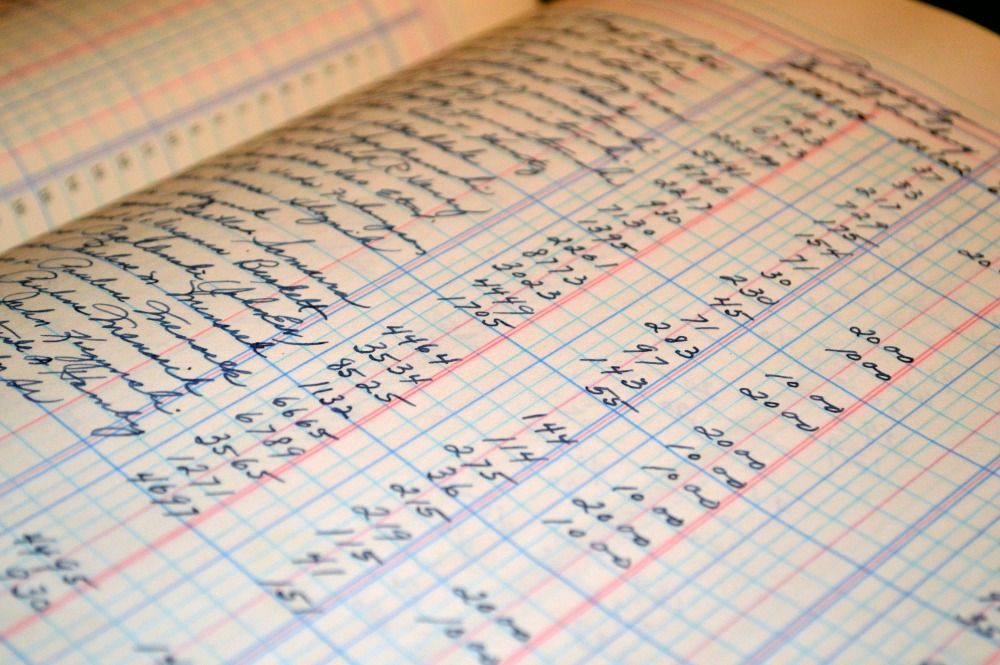Raw data typically refers to the primary data that is collected that will be processed to more understandable information.
Data that is collected directly from the source and hasn’t been processed, organized, cleaned or visually presented is considered raw data!
It’ll be hard to understand what you're looking at with raw data, but once you have cleaned or organized it, this data will help you make valuable decisions!
Raw data example
Some examples of raw data can be:
- Reviews of your business or product
- A list of items purchased in your company
- Survey responses
- A list of prices for cars, hotels, real estate
- Industry insights
Any data that is collected before being processed! Unedited camera footage can even be considered raw data
The importance of raw data
At first raw data is confusing to understand before processing it, but once the data is organized into something more useful, this can help make valuable investment decisions, help with machine learning, data science and data analysis.
Raw data is needed to create a conclusion/ solution to a problem. For example, say you have an Eccomerce store and are trying to figure out what is your best or worst selling product.
You’ll need to gather data like the cost of goods sold, profit, reviews and total revenue for each product. Once you gather everything you need (raw data), you’ll be able to organize all your data to come up with an answer.
Should you discontinue a product, improve it, spend more money advertising? Now that you have a solid understanding of what you need, you can create solutions!
What’s the difference between data and raw data
In short, data comes from raw data!
The collection of raw data is usually not ready for analysis, but once it’s organized and cleaned up, it turns into data.
The processed data is the type of data that is processed from raw data. Usually some kind of cleaning, transformation is performed to convert the raw data into a format that can be analyzed, visualized.
Obtaining raw data
Now that you know what raw data is, how can you obtain it? There are many ways you can gather raw data like:
- From the internet
- Data sets
- Interviews
- Data archives
While you can collect raw data manually, it’s more efficient and effective to use a web scraping tool. You’ll be able to gather any type of data you want from any website in just a few minutes.
While there are a handful of web scraping tools available, we recommend ParseHub! It comes with a suite of features we think you’ll enjoy like:
- IP rotation
- Scheduling
- Cloud-based scraping
- Powerful
- Multiple export options
- Dropbox Integration
- Many more!
You can download ParseHub for free
Happy scrapping

